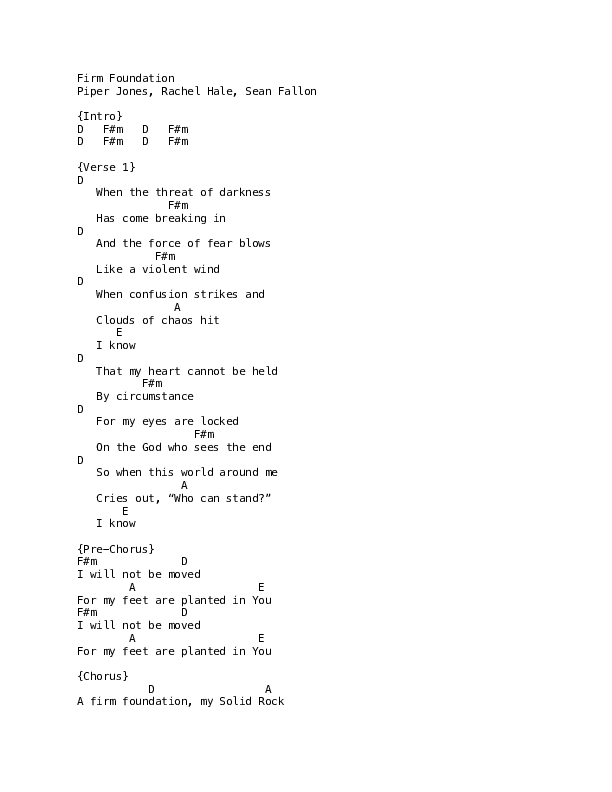As a music enthusiast, I’ve always been fascinated by the intricate world of musical theory. From the basic elements of melody and rhythm to the complexities of harmony and counterpoint, there’s an undeniable elegance in the structure of music. One concept that has always intrigued me is the key of C, often referred to as the “natural” key. This seemingly simple concept serves as the foundation for many musical compositions, and its understanding is crucial for any aspiring musician.

Image: www.youtube.com
The key of C holds a special place in music history, serving as the starting point for many beginners and the cornerstone of countless musical masterpieces. Its simplicity and versatility have made it a fundamental building block for music theory, enabling musicians to explore the world of harmony and melody with ease.
The Key of C: A Foundation for Musical Exploration
Understanding the Key of C
The key of C is a diatonic scale, a seven-note musical scale that forms the basis of Western music. It is considered the “natural” key because it lacks any sharps or flats in its key signature. This makes it relatively easy to play on instruments like the piano, as all the notes are found on the white keys.
The Significance of Key Signatures
Key signatures, found at the beginning of a piece of music, indicate which notes should be played sharp or flat. The key of C has no sharps or flats, making it the simplest key signature to read and understand. This simplicity makes it an ideal starting point for learning musical theory and developing a strong foundation in harmony.

Image: www.praisecharts.com
C Major Scale: The Building Block of the Key
The C major scale, which forms the basis of the key of C, is a set of seven notes in a specific order: C, D, E, F, G, A, and B. These notes form a pattern of whole steps and half steps, creating the characteristic sound of the major scale. This pattern serves as the foundation for understanding different chords and progressions within the key of C.
Chord Progressions and Harmonies
When you begin to explore the key of C, you discover a world of rich harmonies and chord progressions. The major and minor chords within this key create diverse musical textures and emotions, adding depth to compositions. The relative minor scale, which is A minor in the case of C major, further expands the harmonic palette, offering opportunities for contrast and mood shifts in music.
The Enduring Legacy of Key of C
Despite its unassuming appearance, the key of C holds a prominent position in the world of music. It has been the foundation for countless classical masterworks, from Bach’s Brandenburg Concertos to Mozart’s Piano Concertos. Even contemporary pop and rock music often incorporates elements of the key of C, demonstrating its timeless appeal and enduring influence.
Modern Trends and Influence of Key of C
Today, the key of C continues to be a vital tool for musicians of all genres. While contemporary music explores complex key signatures and unconventional harmonic structures, the fundamentals of the key of C remain deeply ingrained in musical thought. This applies to both solo performers and bands, as the ability to understand and navigate the key of C provides a strong foundation for musical creativity and improvisation.
Tips and Advice for Music Enthusiasts
For those embarking on the journey of music learning, understanding the key of C is a crucial step. Here are a few tips to help you build a strong foundation:
- Learn the C major scale by heart. This will enable you to easily identify the notes within the key and visualize chord progressions.
- Practice playing common C major chords. Start with the basic triad chords like C major, G major, and F major, and then explore seventh chords and other advanced variations.
- Listen to music in the key of C. Pay attention to the melodies, chord progressions, and overall sound of the music. This will help you develop an ear for the key and its distinctive characteristics.
By practicing these tips, you can gain a deeper understanding and appreciation for the key of C, laying a solid foundation for your musical journey. Remember, the key of C is not just a starting point; it’s a gateway to a world of musical exploration and creative possibilities.
FAQ: Key of C
Q: Why is the key of C considered the “natural” key?
A: The key of C is considered the “natural” key because it has no sharps or flats in its key signature. All the notes of the C major scale can be found on the white keys of the piano. This simplicity makes it a natural starting point for learning music theory.
Q: What are some examples of famous music written in the key of C?
A: The key of C has been used in numerous classical and contemporary pieces. Some notable examples include Bach’s Brandenburg Concertos, Mozart’s Piano Concertos, and popular songs like “Happy Birthday” and “Imagine.”
Q: Can I play music in other keys without understanding the key of C?
A: While it is possible to play music in other keys without specific knowledge of the key of C, understanding the fundamentals of this key provides a strong foundation for navigating any key and understanding musical theory in general.
Firm Foundation Key Of C
Conclusion
Mastering the key of C is a fundamental step in building a strong foundation in music theory. Its simplicity, versatility, and widespread use across various genres make it an essential concept for any musician. As we explore the world of music, understanding the key of C opens doors to creative expression, harmonic exploration, and a deeper appreciation for the art of music composition.
Are you interested in further exploring the key of C and its role in musical theory? Let us know your thoughts in the comments below!



/GettyImages-173599369-58ad68f83df78c345b829dfc.jpg?w=740&resize=740,414&ssl=1)


